There may be affiliate links in this post. If you purchase through these links we may make a small commission at no cost to you. Please see our disclaimer, terms and privacy for more information.
When I think about categories of cosmetic products, I mentally divide them into three areas: eye makeup, face makeup, and lip makeup! In the lip makeup category, lipstick is the oldest and most widely used product. Let’s learn about the many different types of lipstick available, each with different finishes and functionalities.
Lipstick dates back to over 5,000 years ago, and has historically been made from crushed berries, bugs, gems, and even toxic pigments. Over the years, lipstick has remained an extremely popular makeup item among many cultures.
Nowadays, lipstick is primarily worn as decorative makeup, but can also include nourishing ingredients and act as a type of skincare.
Let’s dive into the different forms that lipstick is available in, as well as the multiple different finishes of lipstick!
Different Types of Lipstick
There are two main forms of lipstick.
Traditional Lipstick
The first is a traditional lipstick, sometimes referred to as a bullet lipstick due to the shape of the product. This is your classic solid, creamy lipstick that comes in a tube and twists up.
Here are some examples of lipsticks:
Liquid Lipstick
The second is a liquid lipstick. As the name suggests, liquid lipsticks are liquid and come in a tube with a doe foot applicator, similar to a lip gloss or many concealers. Liquid lipsticks dry down on the lips after application.
Here are some examples of liquid lipsticks:
In addition to these two primary types, there are also cream lipsticks. This type of lipstick often comes in a lip palette with multiple shades of lipsticks in them, and are popular among makeup artists due to the space-saving packaging and the ability to mix custom colors.
We aren’t going to spend a lot of time talking about cream lipsticks in this article, because they are often the same or very similar to traditional lipstick formulas. Many makeup artists melt down traditional lipsticks to create cream lipstick palettes, and apply the color with a brush.
Here is an example of cream lipstick palettes:
Shop at Sephora
Different Styles and Finishes of Lipstick
Now that you know the difference between traditional lipstick and liquid lipstick, it’s important to understand the differences between lipstick finishes.
When you browse the makeup section, you will see many of the following descriptors used to explain the finish of that specific lipstick formula. Here is what each of them mean!
Matte
A finish that appears flat or dull. In lipsticks, it typically means that the product dries down to a flat finish with no shimmer, glitter, or gloss. Looks dry on the lips, not wet.
Both traditional lipsticks and liquid lipsticks come in matte finishes.
Matte liquid lipsticks tend to dry down more than matte traditional lipsticks. This helps them be more transfer proof and longer wearing on the lips, however they can sometimes feel more drying.
Matte traditional lipsticks often transfer (AKA they come off on your glass, if you kiss someone, etc) but are longer lasting compared to other traditional lipstick formulas. They are usually more comfortable to wear than ultra matte liquid lipsticks, because they aren’t as drying to your lips.
Satin
Unlike matte lipsticks, satin lipsticks do not look dry or flat on the skin. They have more oils in their formulas, making the finish look more glossy and reflective. They are very comfortable to wear.
Most satin lipstick formulas are available in traditional lipsticks.
Sheer
Sheer lipsticks are products that do not have a ton of pigment in them and are a bit translucent, or sheer. They have enough pigment to tint your lips, but look more natural than lipsticks with the normal, full amount of pigment.
Most of the time, sheer lipsticks have a satin or similar finish. They are available in traditional lipstick form.
Moisturizing
Moisturizing lipsticks combine both cosmetics and skincare, including oils or emollient ingredients that moisturize the skin on your lips while also tinting them. The opaqueness of moisturizing lipsticks varies from sheer to full coverage.
Typically, moisturizing lipsticks are available as traditional lipsticks. Although liquid lipsticks are more fluid in formula than a traditional lipstick, liquid lipsticks will dry down on your lips, which is often drying – a moisturzing liquid lip would be more similar to a lip gloss.
Metallic
While they are called metallic, most metallic lipsticks don’t actually contain metal, nor are they magnetic. They are called metallic due to their finish, which looks shiny due to shimmery pigments added to the formula. They are typically medium to full coverage, due to the added pigments, and are found in a large range of colors.
Metallic lipsticks can be purchased in both traditional lipstick formulas and liquid lipstick formulas.
Frosted
Frosted lipsticks and metallic lipsticks are similar in the sense that they both look shimmery on the lips. One difference is that frosted lipsticks are often, but not always, less pigmented than metallic ones. Frosted formulas usually contain a lighter hued, pearly or grey toned shimmer that comes off as “frosty” looking on your lips. A dusting of shimmery snow, almost. Due to the light color of that shimmer, it is often for frosted lipsticks to be found and worn in shades lighter than your natural lip color.
Most frosted lipsticks are available in traditional lipstick formulas, but can also be found as liquid lipsticks.
Long wearing & transfer proof
Long wearing lipsticks mean exactly what it says – it will last a long time on your lips! Transfer proof means that when your lips touch something (whether a glass, your lunch, or someone’s cheek) it won’t transfer onto them and leave lipstick marks on that object or person. This might not be something you need for everyday makeup, but can be important for specific events, such as weddings. You don’t want to keep on touching up your lipstick on your wedding day, nor do you want to leave your spouse with a big red lipstick mark at the alter.
The dryer the lipstick dries down on your lips, usually the more transfer proof it is. Most of the time, this also means that it will last longer too – which is why these two qualities are grouped together! If you are looking for a good long wear and transfer proof lipstick, I recommend that you search for a matte liquid lipstick, or a very matte traditional lipstick, and do the “kiss test.” Apply the lipstick to your lips, let it dry down completely for a few minutes, and then kiss the back of your hand. How much lipstick got onto your hand? This will give you a good idea about how transfer proof your lip product is.
Pin this post if you find it helpful:

Other Lip Products
In the future, I will write articles about the following lip products in more depth. For now, here is some brief information about some other lip products:
Lip gloss
Glosses are found in tubes with doe foot applicators as well as squeezable tubes. They are made from a combination of emollient ingredients such as oils which tend to be moisturizing for the lips. The consistency of lip gloss can differ by type and company, but glosses are typically a thick liquid formula that stays shiny and wet or sticky on your lips.
Lip glosses are often clear or sheer, with only a small amount of pigment. They can, and often do, contain some shimmer in their formulas. Some lip glosses are much more sparkly than others. Fewer lip glosses are high in pigment, but they do exist!
Since lip glosses do not dry down, they will transfer and wear off during the day. Because they stay wet on your lips for some time, they can also be messy if you apply too much and accidentally touch your lips – or if your hair gets caught in it on a windy day. That said, lip glosses are still one of my favorite types of lip products due to their versatility, wide variety, and how easy they are to apply.
Here is a small variety of lip glosses:
Lip balm
Lip balm has two categories of it’s own: a regular lip balm, and a tinted lip balm.
Regular lip balms are moisturizing, clear, and meant to help heal chapped lips and protect them from dry or cold climates. Tinted lip balm is like regular lip balm, but with pigment added to slightly tint the color of your lips.
Personally, I treat regular lip balm (such as the brand name “ChapStick” or my favorite, the Aquaphor Lip Repair Stick) as skincare. It helps to moisturize my lips, especially in the winter. I do not consider lip balm a makeup product. On the other hand, I consider some tinted lip balm makeup, depending on if the tint is the focus of the product or if the skincare properities are the purpose.
If you want a very slight color to your lips without having to deal with normal lipstick, a tinted lip balm would be perfect for you.
Lip Stains
Lip stains typically come in a liquid lipstick form, or sometimes as a lip “pen” or marker. Stains tend to have a very thin formula. The idea is that the thin product will stain your lips, so your skin will retain the color even after the product is worn off. Stains can range from sheer tints to full coverage, highly pigmented formulas.
Stains are great for people who do not like the feeling of lip products, because after the stain has done it’s job you can wipe it off and have the feel of entirely natural lips. It is also great to layer with a clear moisturizing lip gloss or lip balm on top.
Here are some lip stains to check out:
Lip Liners
Lip liners, also called lip pencils, come in a pencil form that is either sharpenable or twistable. They are a creamy pigmented formula similar to a pencil eyeliner.
Traditionally, lip liners have been used to draw the outline of your lips before applying a lipstick on top. This helps you be more precise with your lipstick application, can help your lipstick last longer, and will help prevent your lipstick from “feathering” out on your lips (AKA bleeding into tiny lines on your skin, creating a blurred edge instead of a sharp line).
I personally also like to use lip liners to fill in my entire lips, as if it were a lip stick, and then add a small amount of clear gloss on top. Lip pencils are versatile and can either match the color of lipstick you pair them with, or can contrast to create an ombre effect.
Here are a few of my favorite affordable lip liners:
Lip plumpers
Lip plumpers are products that aim to plump up the appearance of your lips. Products are usually similar to a lip gloss, and are often called plumping glosses. Lip plumpers work by including ingredients that either increase blood flow to the surface area of application, such as caffeine, or irritants that cause inflammation, such as cinnamon oil or oil from spicy perppers.. These irritants make your lips sting or feel tingly. If it is painful, do not use it! Some use more interesting ingredients, such as bee venom, which I assume you should not use if you are allergic to bee stings, so be careful and check those ingredients for safety before using.


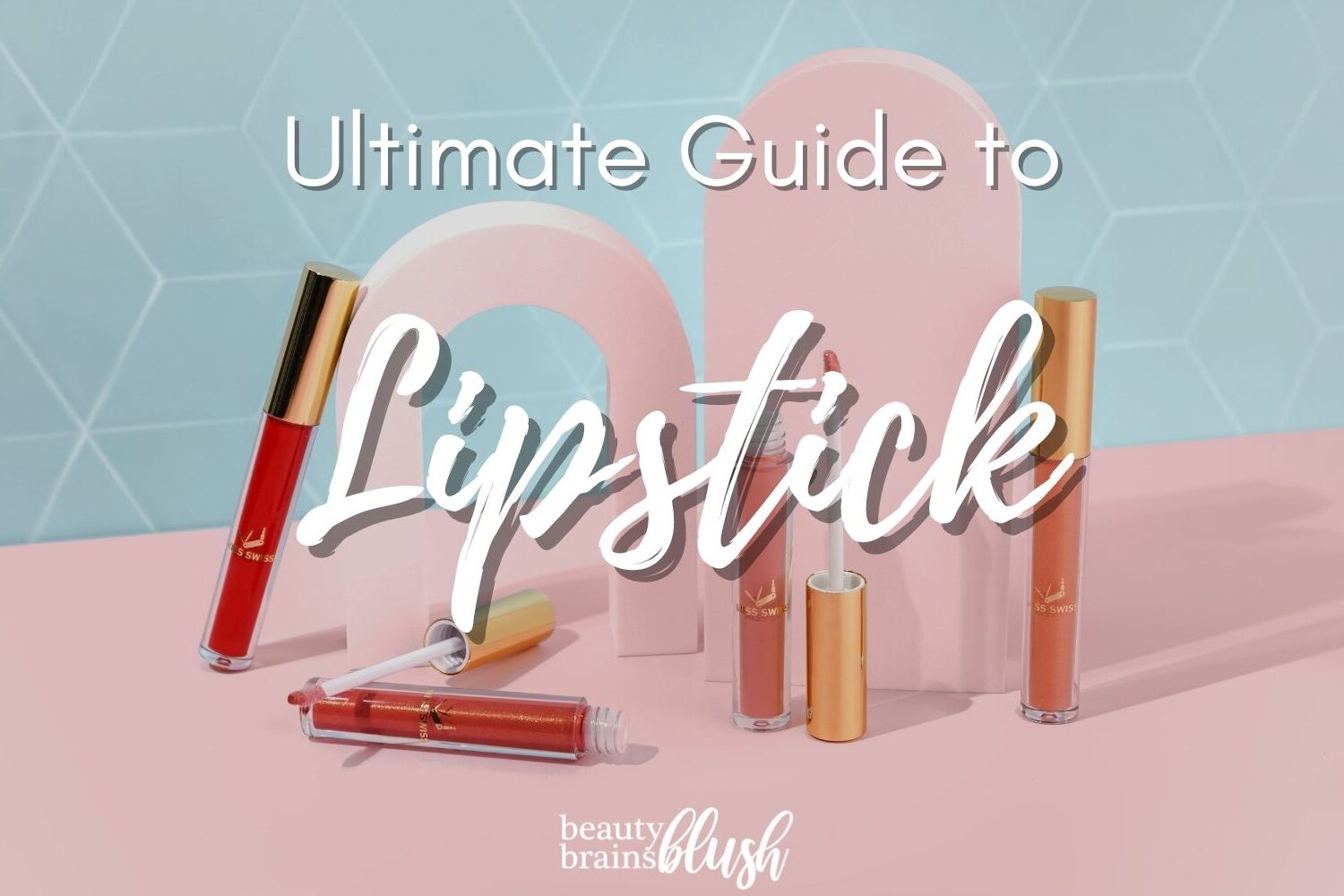



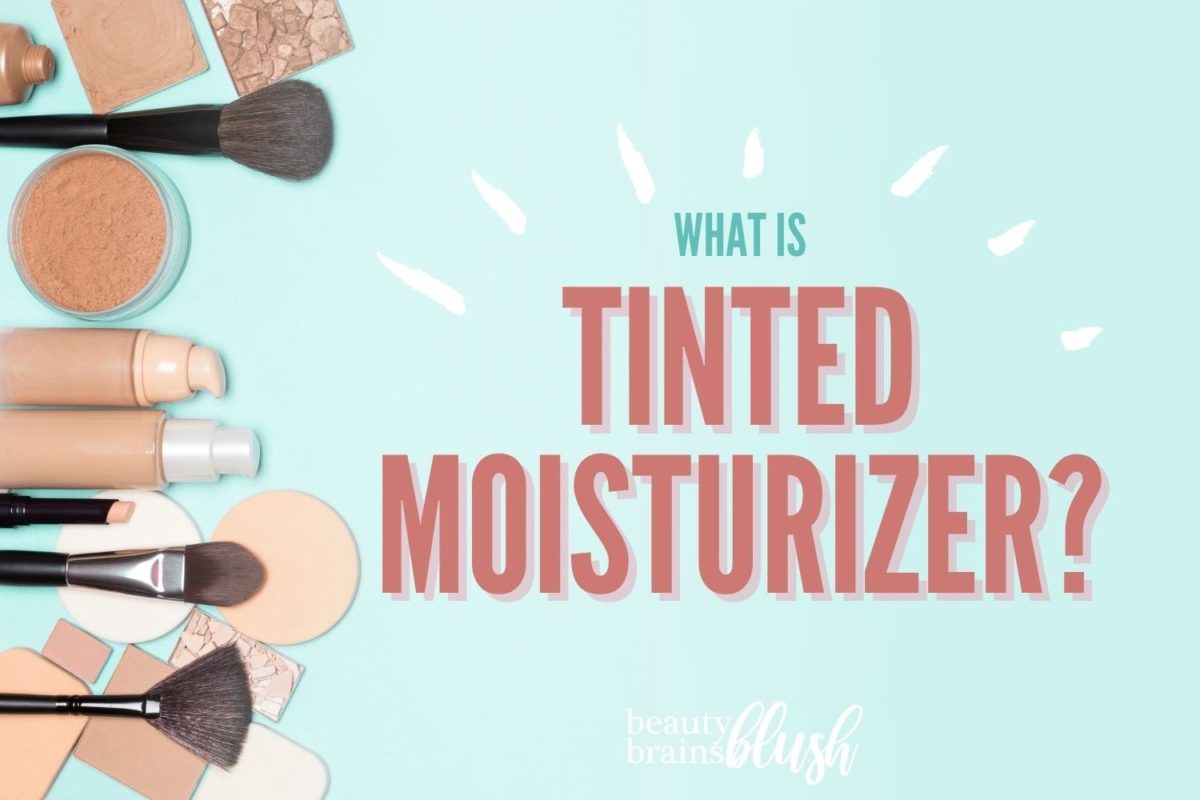
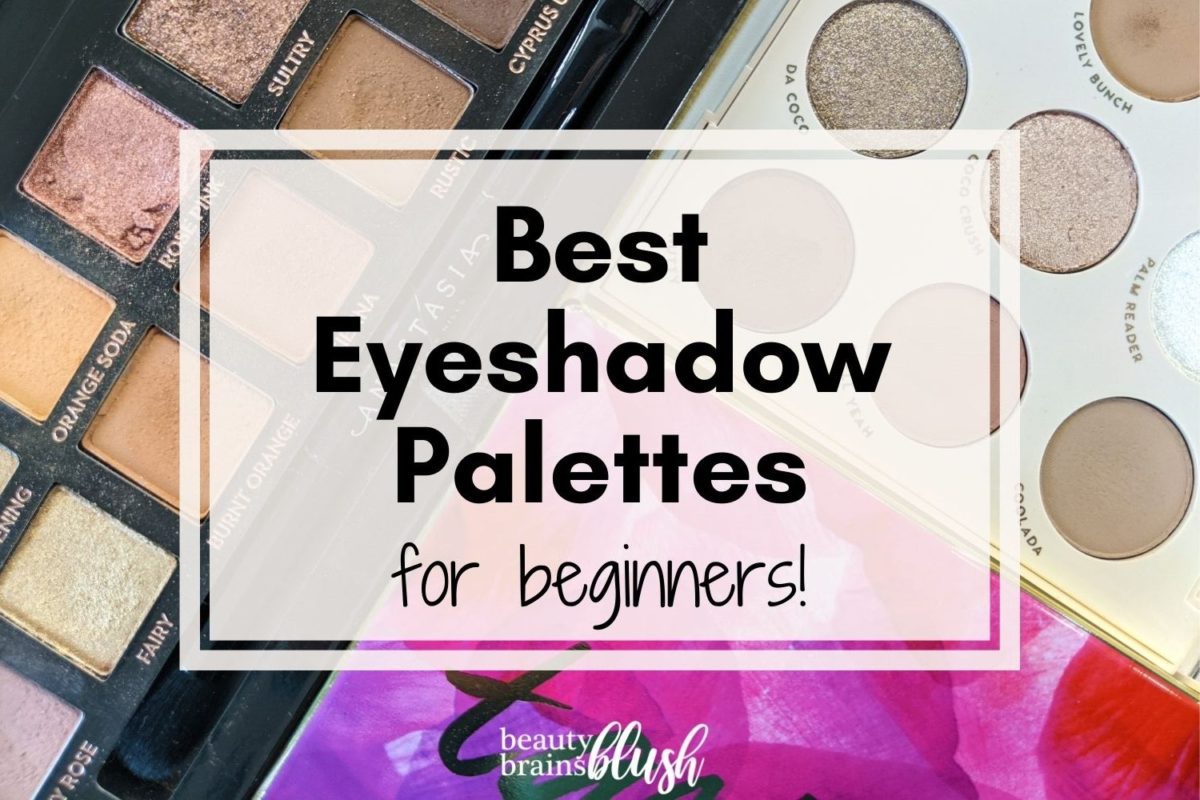
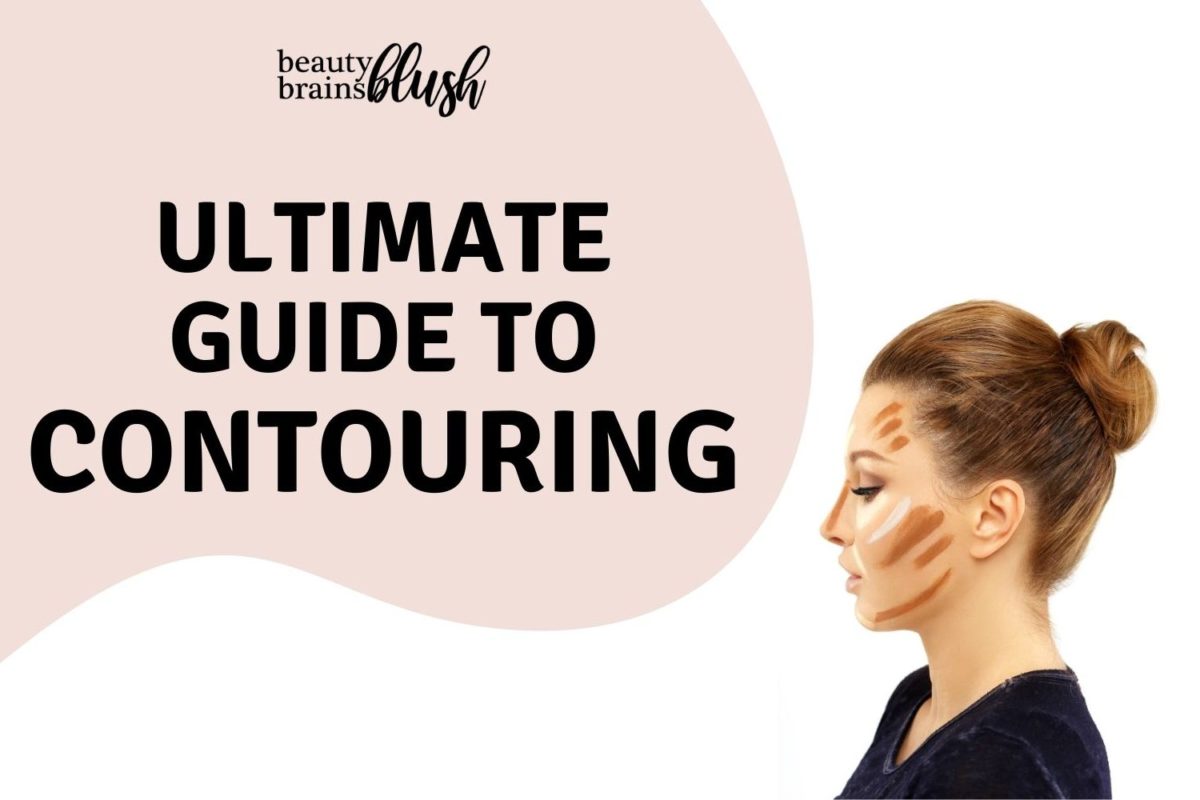
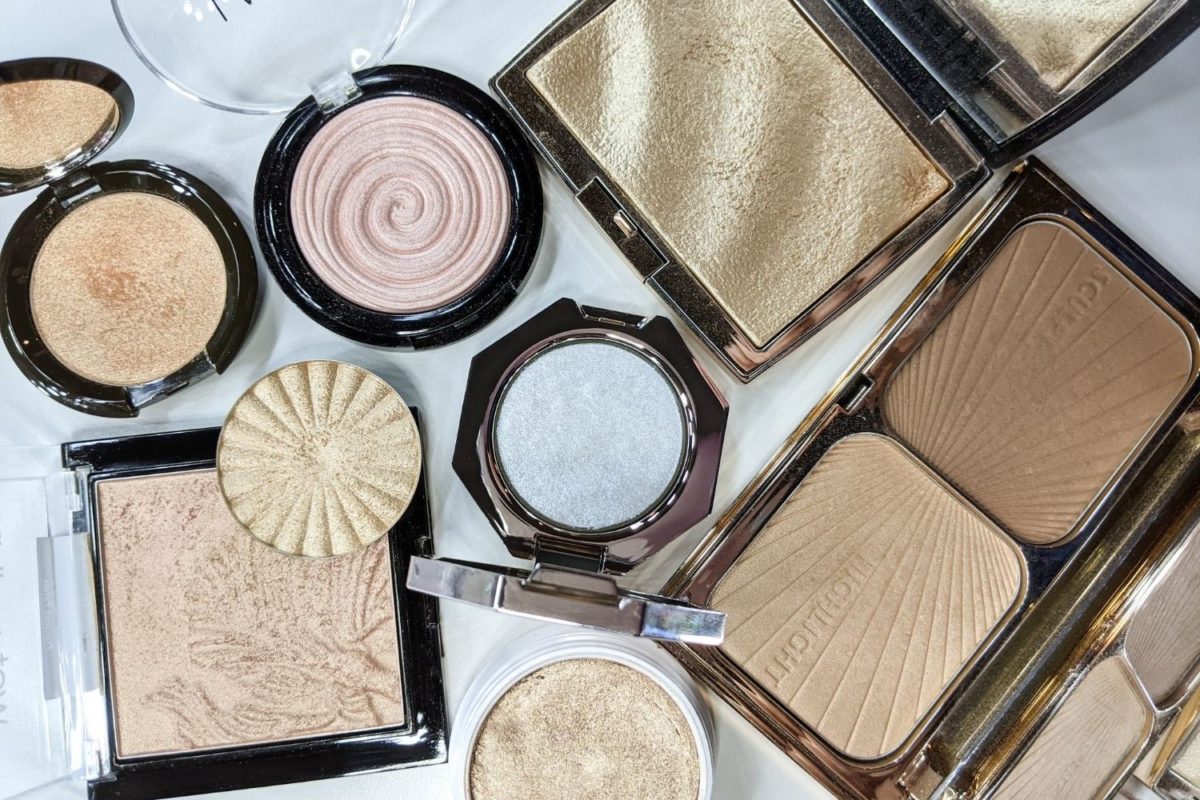

Hey Kailey, great to see you back! I’m a beginner makeup user and your articles have guided me while choosing products. Thank you so much for your help!
Hi Emily! Thank you for the comment, that is so sweet of you! I am so glad my articles have helped you 🙂
-K